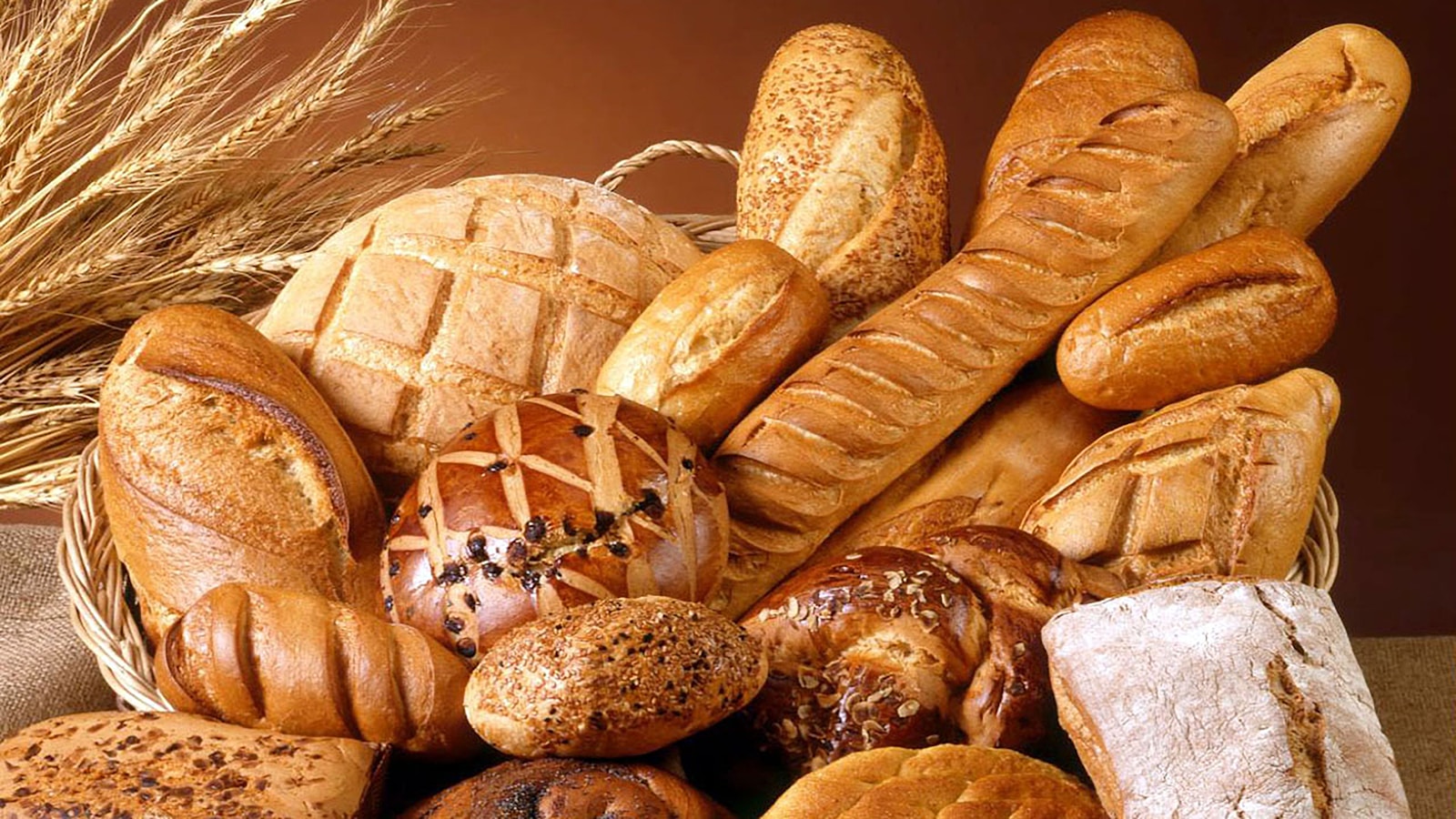To eat or not to eat? Bread and its many dilemmas! Whether it’s the delicious French baguette or the popular sliced white or whole wheat bread, this universally consumed food is often the subject of myths, debates, and confusion, especially when it comes to its nutritional benefits. For example, are whole wheat versions better or worse for your health? To clarify these and other questions, the BT blog interviewed Luna Azevedo, a nutritionist with a degree from UNIRIO and the coordinator of the Postgraduate Program in Vegetarian and Vegan Nutrition at the Luciana Harfenist Institute (ILH).
Whole Wheat Bread vs. White Bread
According to Luna Azevedo, the main nutritional difference between white and whole wheat bread lies in the type of flour used in their preparation. Traditional white bread is made with just one kind of flour: wheat flour enriched with iron and folic acid, commonly known as white flour. On the other hand, whole wheat bread, as defined by RDC n° 90 of October 18, 2000, is a product that must contain wheat flour, whole wheat flour, and/or wheat fiber and/or wheat bran.
However, Luna explains that there isn’t a set minimum amount of whole wheat flour required for a product to be labeled as whole wheat. Any amount, no matter how small, can allow the product’s label to claim that it contains whole wheat. Typically, whole wheat bread uses a mix of white and whole wheat flours, with the proportion of whole wheat flour ranging from 50% to 85%. Rye flour may also be added, depending on the desired product. This option usually results in a higher fiber, vitamin, and mineral content.
According to Brazil’s ANVISA regulations, the ingredients list must be ordered by quantity, from most to least. Therefore, a bread is considered truly whole wheat if the first ingredient listed is whole wheat flour rather than white flour.
7 Myths and Truths about White Bread and Whole Wheat Bread
1 – Whole wheat bread is healthier than white bread.
TRUE
Luna confirms that whole wheat bread is nutritionally superior due to its higher concentration of micronutrients. However, both types of bread can be included in a weight loss plan, although whole wheat is the healthier option. It all depends on portion control, which should be personalized for each individual.
2 – You can eat as much whole wheat bread as you want.
MYTH
No food should be eaten in unlimited quantities. Excessive consumption of anything is harmful, so balance is key. Even if a food is healthy, it’s not advisable to overeat it.
3 – Whole wheat sliced bread is better than white sliced bread.
TRUE
In general, this is true, but it depends. Sometimes, whole wheat bread contains so many added chemicals that a simple French baguette could be a better option. Reading the label, including the ingredients list, is crucial. Only then can you be sure of what you’re purchasing. “In light of this, artisanal whole wheat breads, especially those made with slow fermentation, are the best choices for those wanting a healthy lifestyle. These breads don’t contain artificial ingredients and are easier to digest, offering better micronutrient availability,” Luna clarifies.
4 – Bread made with enriched flour is better than whole wheat bread.
MYTH
Enriched flour, fortified with iron and folic acid, is simply refined white flour, used in white bread as well as in cakes, cookies, and other baked goods. In Brazil, the mandatory enrichment of wheat and corn flour with iron and folic acid was introduced in 2002 through RDC n° 344, as part of the Ministry of Health’s strategy to reduce the incidence of neural tube defects and prevent anemia.
5 – Whole wheat sliced bread does not contain gluten.
MYTH
Even if it’s made entirely from whole wheat flour, whole wheat bread still contains gluten. Any food made from wheat, rye, or barley ingredients will contain gluten.
6 – Whole wheat bread is only for people on a diet.
MYTH
Whole wheat bread is recommended for anyone looking to consume a less refined, healthier food that’s higher in fiber, vitamins, and minerals.
7 – Whole wheat bread aids in healthy weight loss.
TRUE
Since whole wheat bread is a more complex carbohydrate, with a higher fiber and nutrient content, it offers several benefits. It provides longer-lasting satiety, helps regulate bowel movements, and releases sugar more slowly into the bloodstream, making it a good option for those with diabetes or those concerned with preventing the disease.
Conclusion
Both white and whole wheat bread have their places in a balanced diet. Whole wheat bread, with its higher fiber and micronutrient content, is generally the healthier choice. However, understanding the ingredients and choosing quality options—like artisanal or slow-fermented whole wheat bread—can make a big difference. Always pay attention to food labels and remember: balance is key to a healthy diet.










